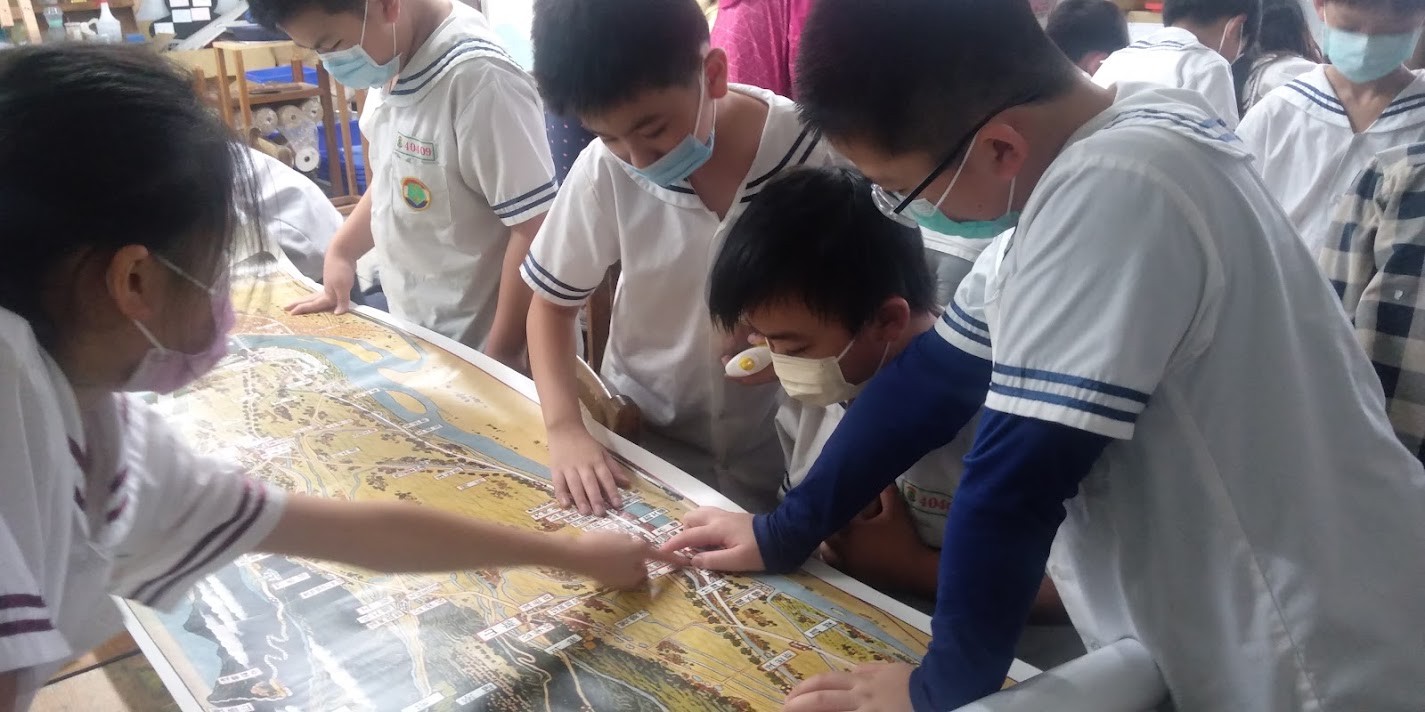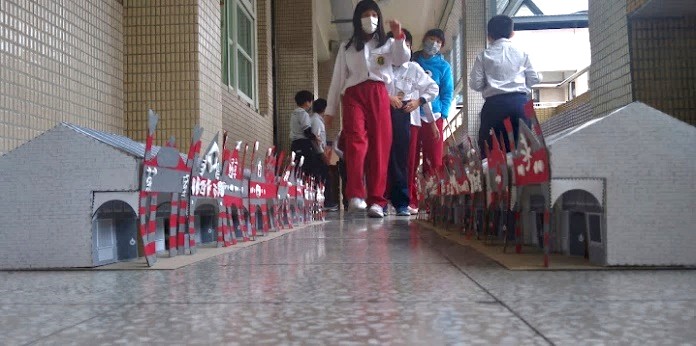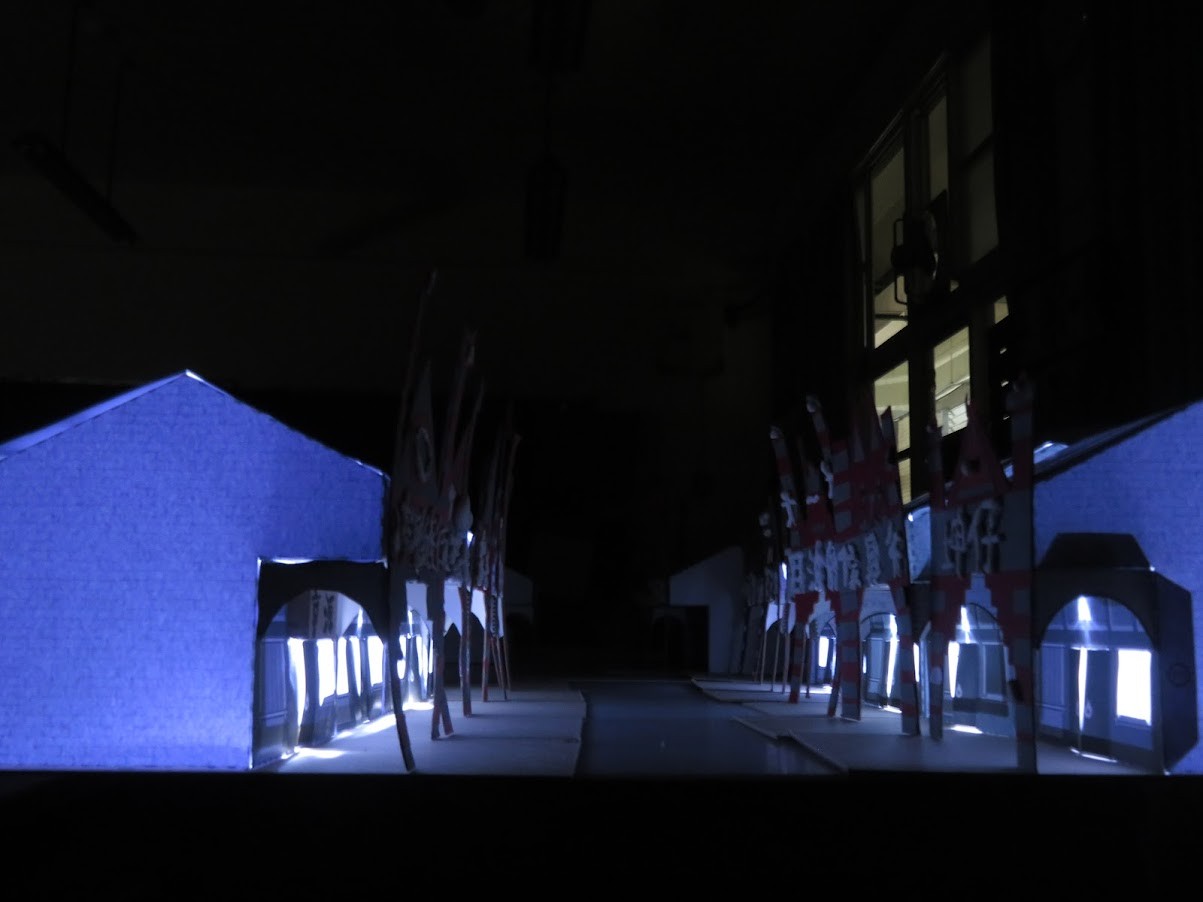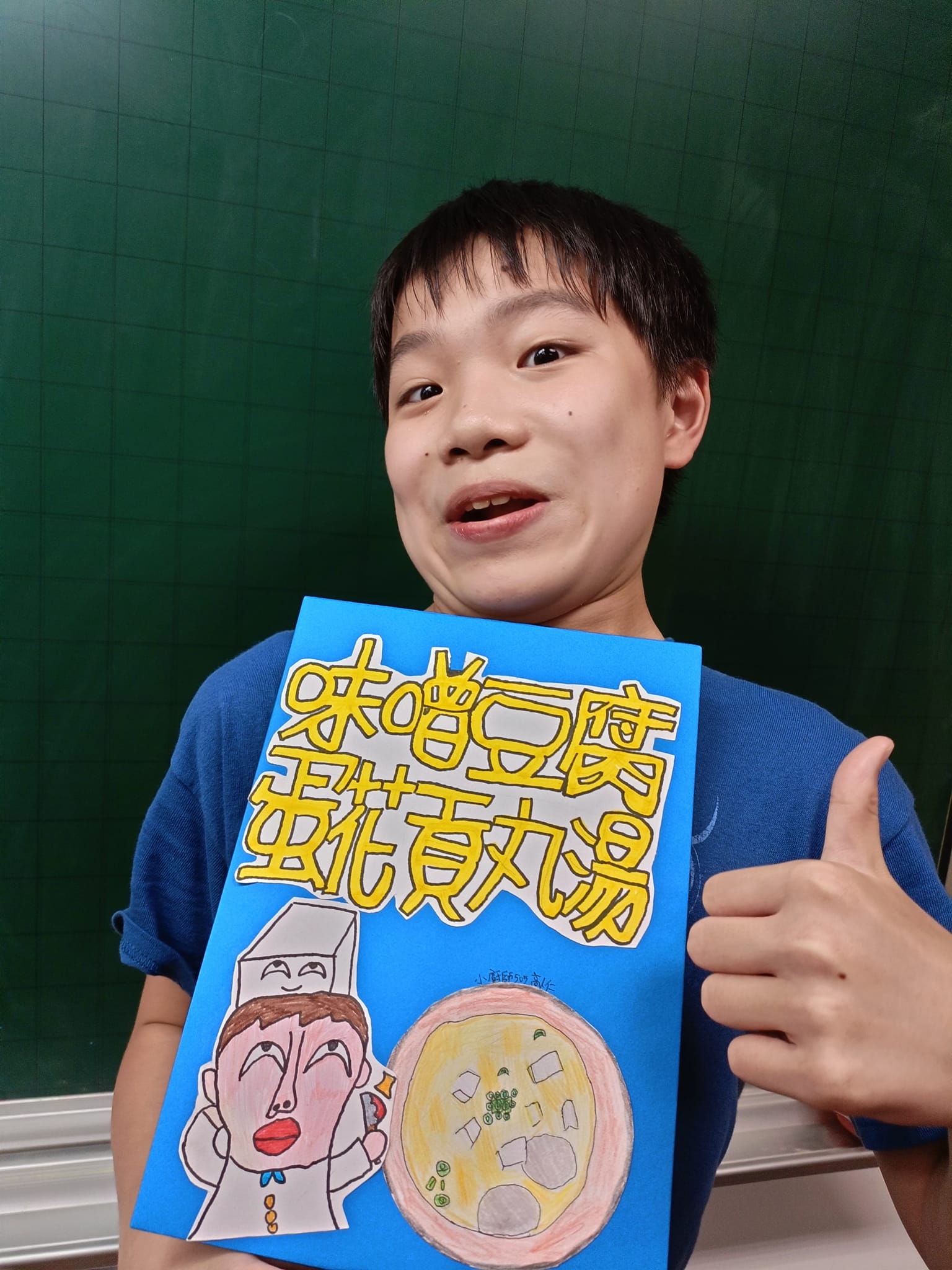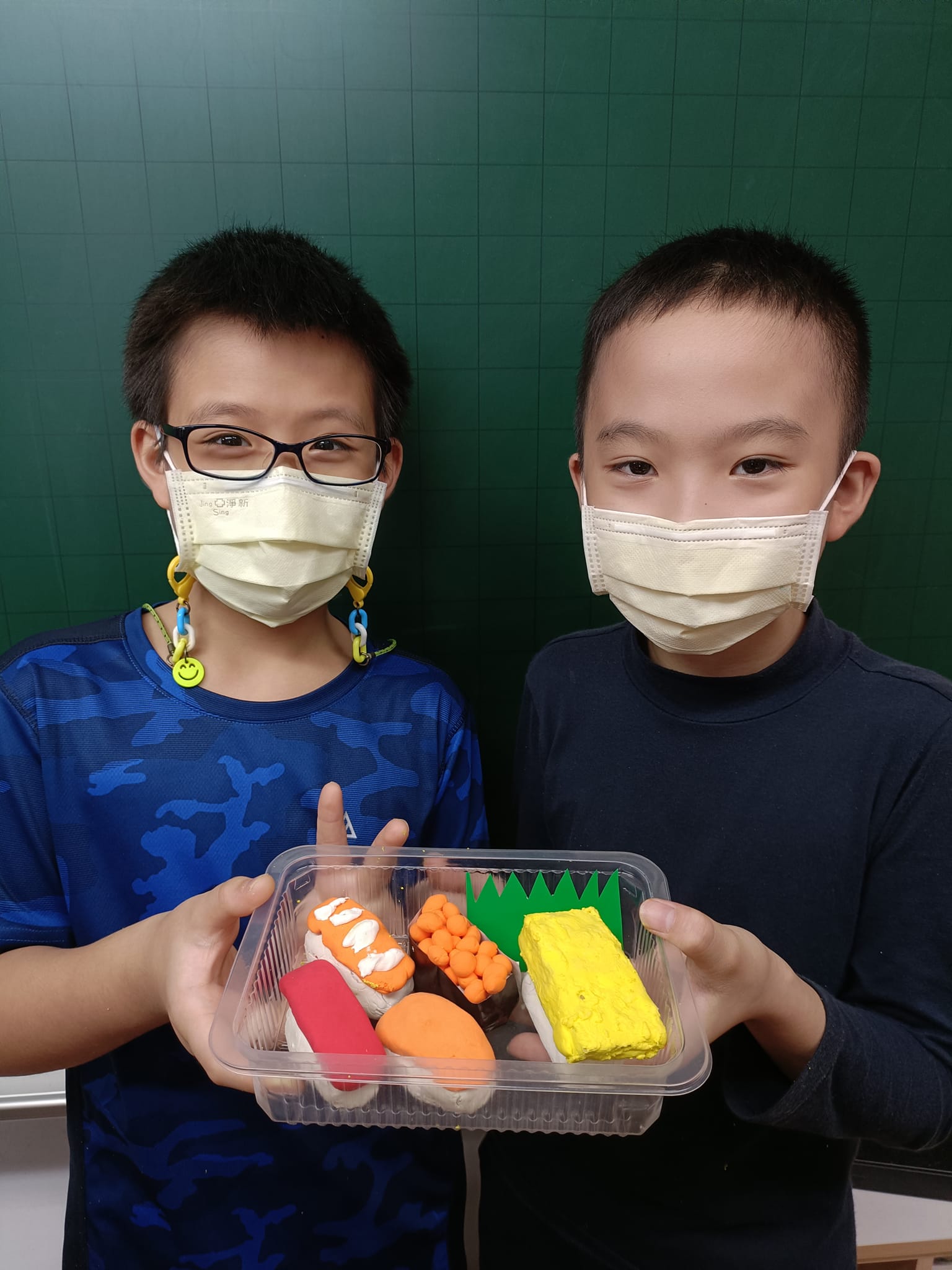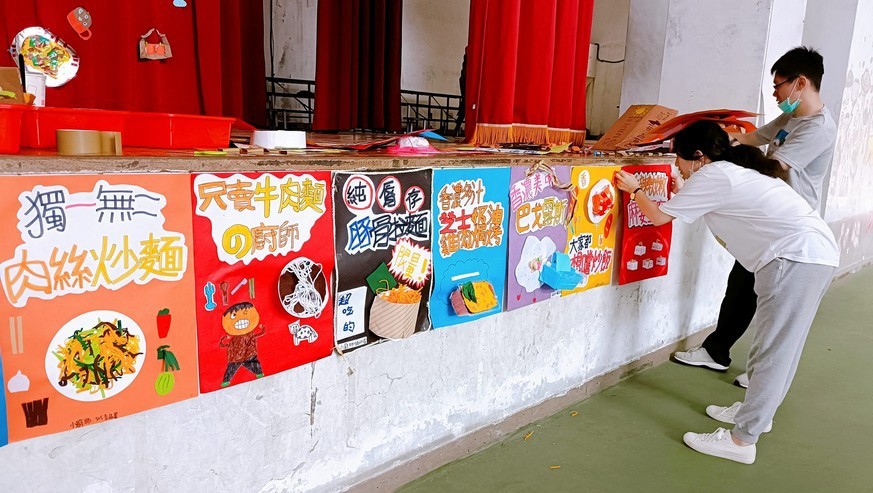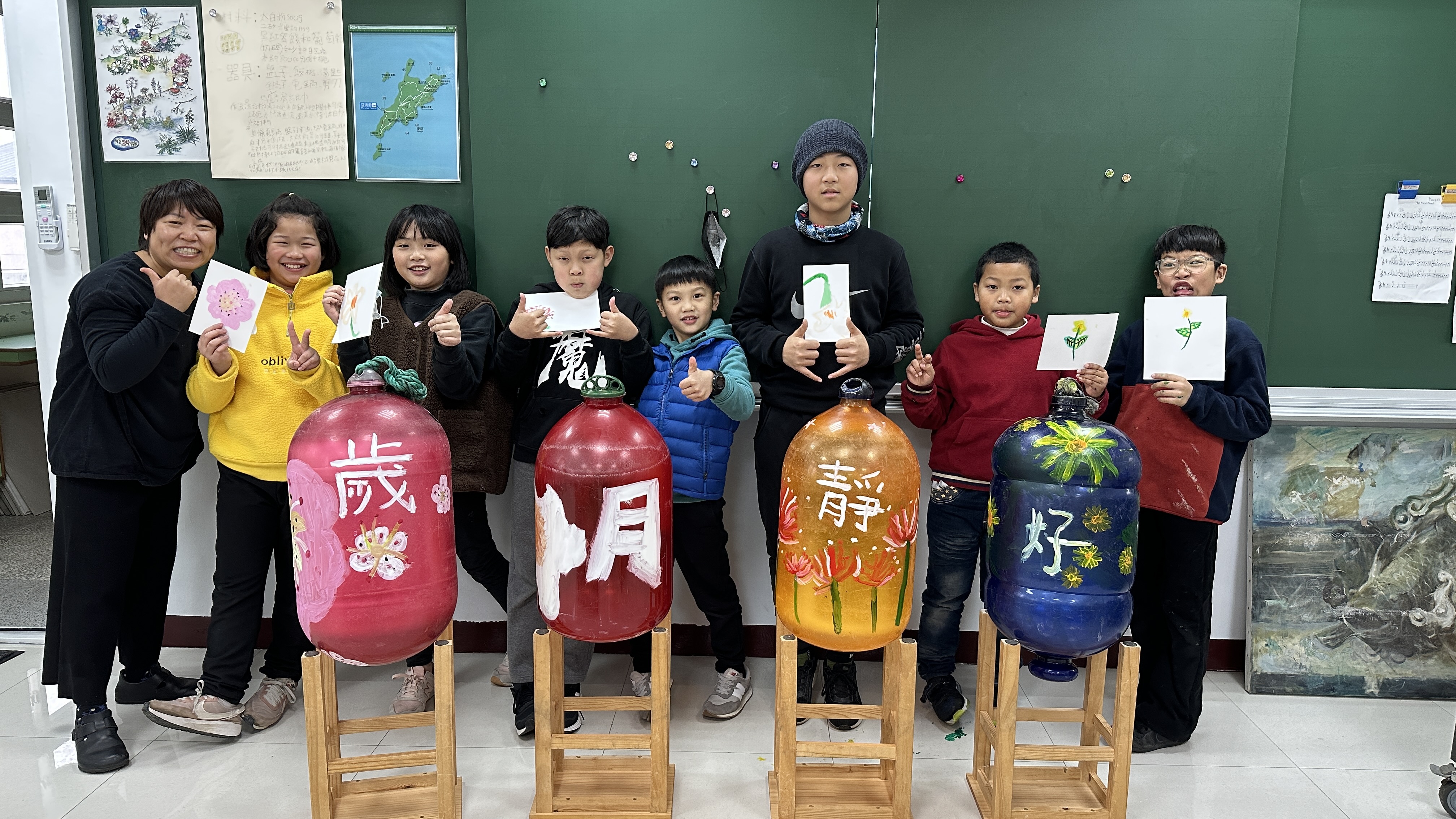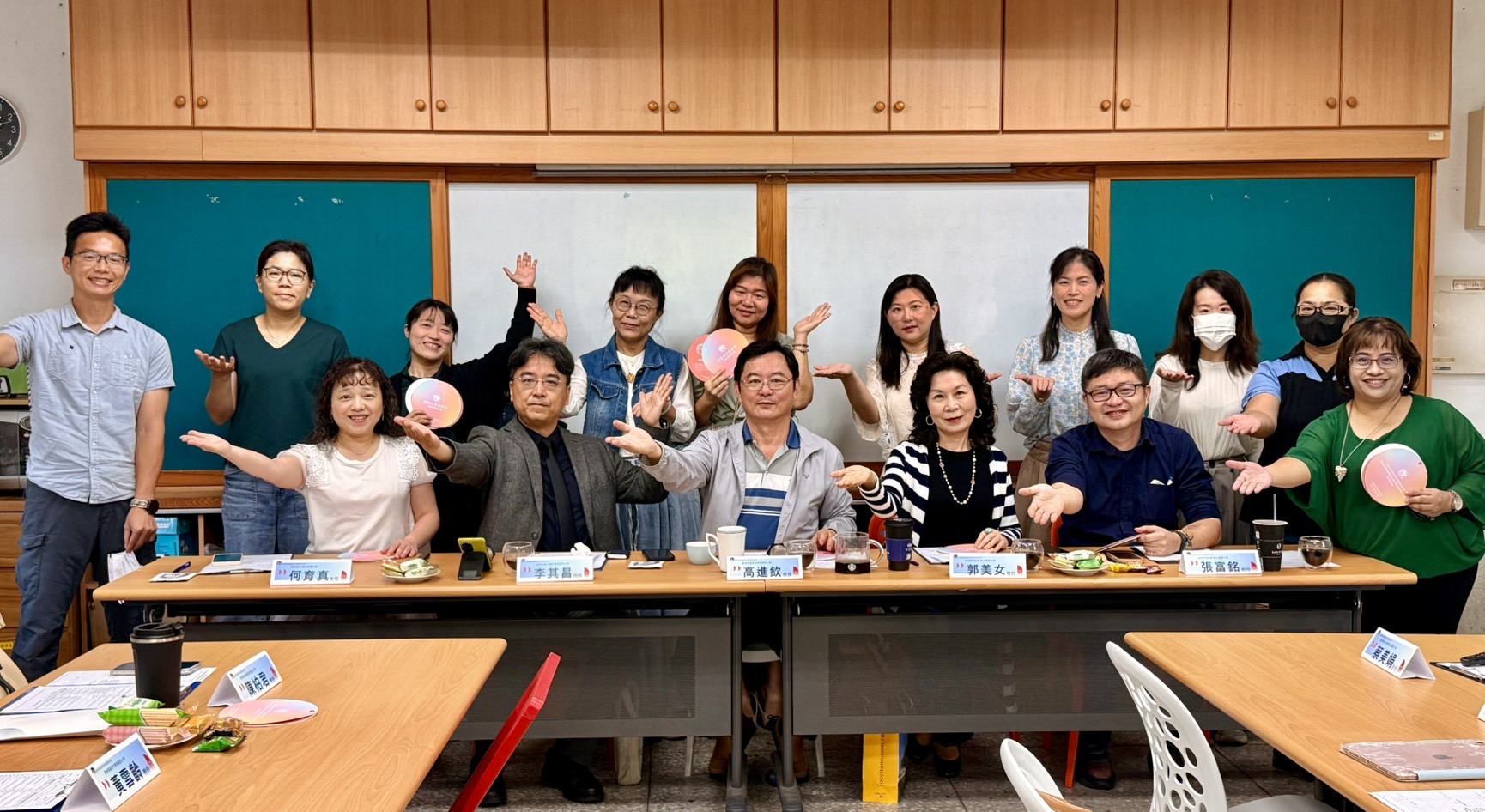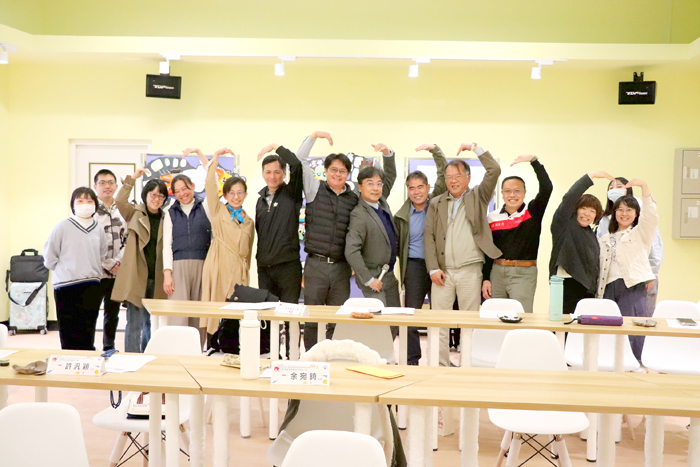New perspectives on returning home for the Spring Festival: learning from hometown culture to the aesthetics of reunion
News source:Ministry of Education Global Information Network>
The Lunar New Year is approaching, and every household is busy returning home to celebrate the New Year. The Spring Festival is not only a wonderful time to reunite with family, but also an opportunity for children to learn about their hometown culture and experience local history. The Ministry of Education is promoting the third medium- and long-term aesthetic education plan (2014-2018) with the focus on "Aesthetics is life: enlightenment from an early age, rooted in life, local and international, sustainable practice". The sub-project "Cross-disciplinary Aesthetic Education Excellence Pilot Program" is also to implement its concept and continue to be committed to combining art and non-art subjects. By introducing cross-disciplinary courses and diverse topics, it inspires children to recognize the beauty in life and deepen their understanding of the environment, culture and themselves.
Take the “Return to Xinzhuang Street” course at Xintai Elementary School in New Taipei City as an example. It takes the fourth-grade social studies course “Knowing Hometown” as its core, and links Chinese language, art, and natural sciences to create a learning process that combines historical culture with creative expression. At the beginning of the course, the teacher skillfully introduced the background story of Shinjo as the hometown of the official commander by introducing the mask culture of other countries such as the Venice Carnival and the Japanese Noh Theater. Then, the students made masks and incorporated the architectural patterns and cultural stories of Xinzhuang Old Street into the design, transforming abstract historical memories into concrete artistic creations.
The following courses further expanded into the fields of history, nature and life science and technology. The teacher explained the historical background of the Dahan River Basin and Xinzhuang Port, allowing students to understand the former prosperity and vitality of this land. On this basis, students used ink painting techniques to depict water flows and referred to old street maps from the Japanese colonial period to learn about the structure and features of old buildings. In addition, students creatively combined electrical knowledge to design a "luminous archway". Using conductive tape and light bulbs, they planned a complete circuit to light up the archway model, symbolizing the integration of culture and technology. Through course learning, students can experience the charm of the interweaving of technology and aesthetics through practical experience. This not only cultivates new skills, but also inspires students to cherish and love the history and culture of their hometown, and thus become the inheritors of their hometown stories.
One of the highlights of the Spring Festival is the New Year’s Eve dinner. Food culture is not only an important part of daily life, but also a starting point for a deeper understanding of different cultures and the world. The "Chef's World View" course at Keelung Shenmei Elementary School uses food as a medium to cleverly combine art, language, and comprehensive fields, leading children to expand their international perspectives while learning how to master life skills.
In this course, the teacher first guides students to think about "What is my favorite food?" and "Where can I eat it?", and uses materials to make creative food models to stimulate students' interest in food culture. Afterwards, students worked in groups to conduct in-depth research on the background stories and cultural connotations of cuisines from different countries, and shared reports to cultivate their ability to collect and organize information. After understanding the theory, students began to practice and learn the basic cooking skills, such as cutting vegetables, stirring, seasoning, etc. The course also includes cooking challenge activities to allow students to learn through practice through interesting challenges. Finally, the students formed groups, cooked one creative dish after another by themselves and held an exhibition on campus to showcase their work and learning process. Many students performed differently than before, standing on the stage as chefs, which not only amazed people but also allowed parents to feel their children’s growth and changes.
The course uses food as an introduction, allowing children to not only learn cooking skills, but also master multimedia creation, poster design and independent research, and acquire the "ability to take things with you". This is of far-reaching significance, and we believe that children who have gone through such a course will definitely become a capable assistant to their parents when preparing the New Year's Eve dinner on New Year's Eve, and use practical actions to add warmth and happiness to the family during the New Year.
The Ministry of Education stated that from learning about hometown history and culture in Xinzhuang Street to seeing the world through food in Keelung, these course cases allow us to see the creativity and growth of children in learning, and also demonstrate the far-reaching influence of aesthetic education. I hope that during the Spring Festival reunion holiday, I can experience the culture and beauty of my hometown with my children and cherish the time with my family. Welcome to the Interdisciplinary Aesthetic Education Program website (https://www.inarts.world/) to view and learn more about the exciting aesthetic education courses.

